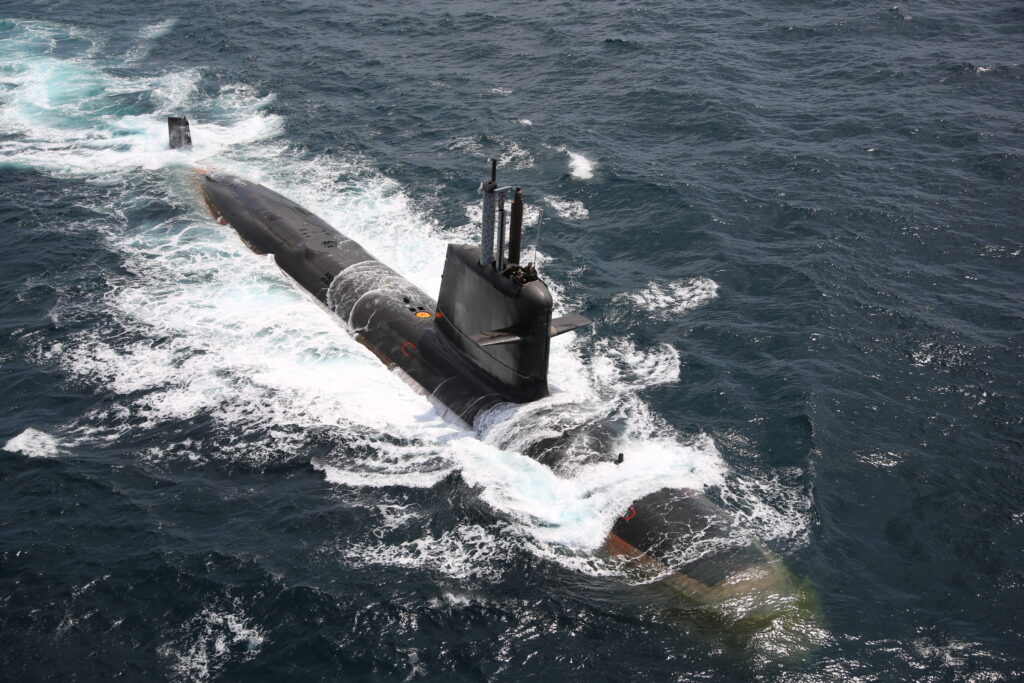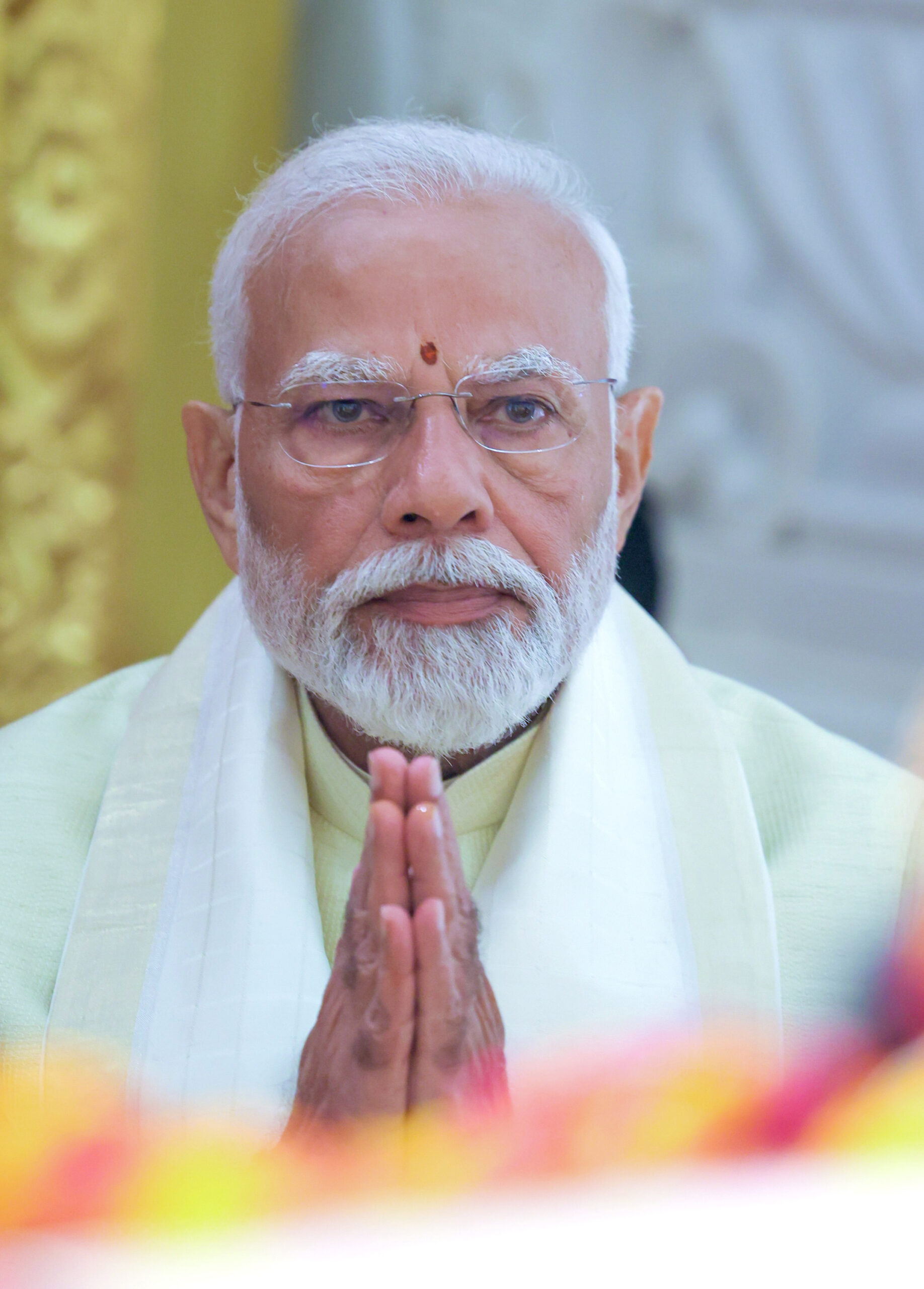
In the context of the changing strategic scenario in the Indo-Pacific, the Indian Navy has approached the Narendra Modi government for approval to make changes to the Cabinet Committee of Security (CCS) approved 30-year submarine building plan by replacing six conventional attack vessels with nuclear-powered platforms.
In July 1999, the government of Atal Bihari Vajpayee approved a 30-year submarine plan for the induction of 24 diesel attack submarines. The Indian Navy currently has 12 ageing conventional attack submarines and three new Kalvari class submarines, the first of which was commissioned in December 2017 as part of a project worth 23,652 crores that was approved in 2005.
The navy is said to have asked the Cabinet for permission to increase its submarine force to 18 conventional diesel attack submarines, including those with air independent propulsion, and six nuclear attack submarines, or SSNs. This change was sought in light of the People’s Liberation Army Navy’s (PLAN) rapid expansion of its nuclear submarine arsenal and to protect the Indo-Pacific from future adversary dominance.
India currently has one Akula class submarine, INS Chakra, and one ballistic missile-firing submarine, INS Arighat, on lease from the Russian Federation. The Strategic Forces Command oversees both of them. All ballistic missile-firing submarines, also known as SSBNs, are under the control of the Strategic Forces Command and are not under the control of the Indian Navy.
According to national security experts, once the Modi government approves the changes to the 30-year-old plan, the Indian Navy will request an acceptance of necessity (AON) from the Defence Ministry before inviting request for proposals from key allies for joint development and construction of the six nuclear-powered submarines under the Atmanirbhar Bharat route. According to Indian Navy estimates, the project will take at least ten years to complete.
While the Indian Navy wanted six more AIP-equipped diesel submarines to complete the 30 year submarine force levels, national security planners persuaded the Admirals that a nuclear attack submarine is a far more powerful platform with the ability to stay below the surface for months at a time and only surface for crew change and logistics. Due to temperature differences on the surface and below water, submarines are a very effective weapon in the Indian Ocean’s equatorial waters. Submarines in equatorial waters are the most difficult to detect because of total internal reflection caused by changes in medium. The SSNs will act as a deterrent for both sea access and sea denial to the adversary as a result of this phenomenon.
All INS Kalvari class submarines will be retrofitted with the new technology during upgrades or mid-life refits, thanks to the Defence Research and Development Organization’s (DRDO) ability to develop the AIP technology in-house. The Indian Navy will also make an orbital leap, transitioning from diesel submarines to nuclear submarines with conventional cruise missiles.







